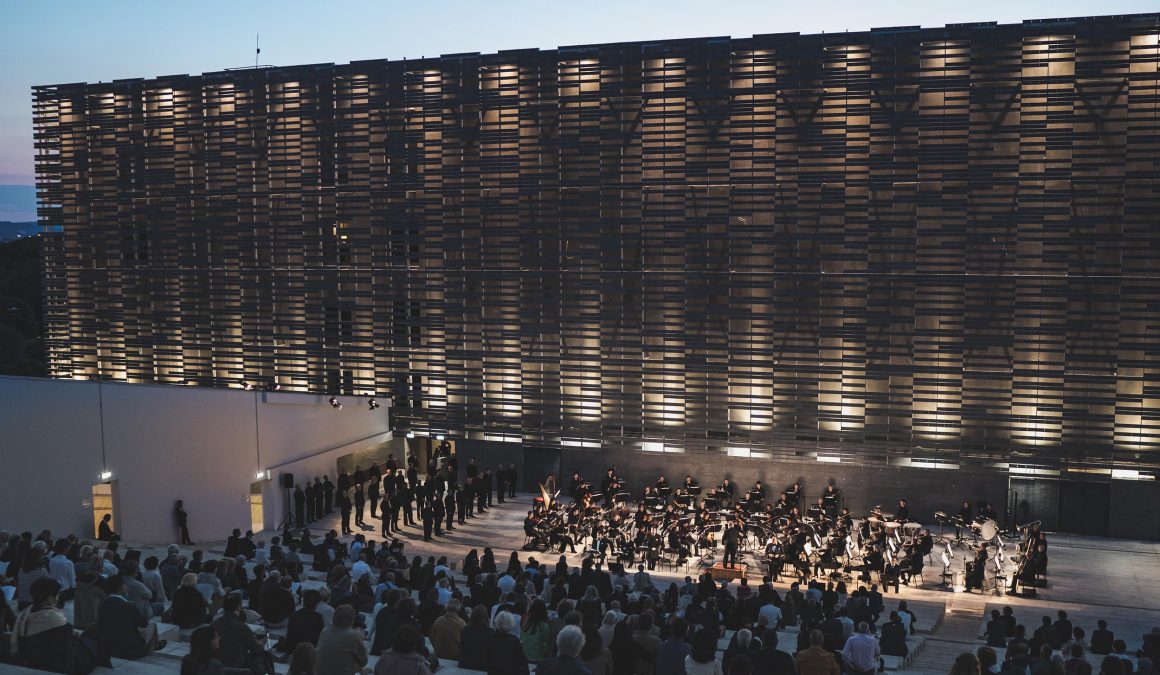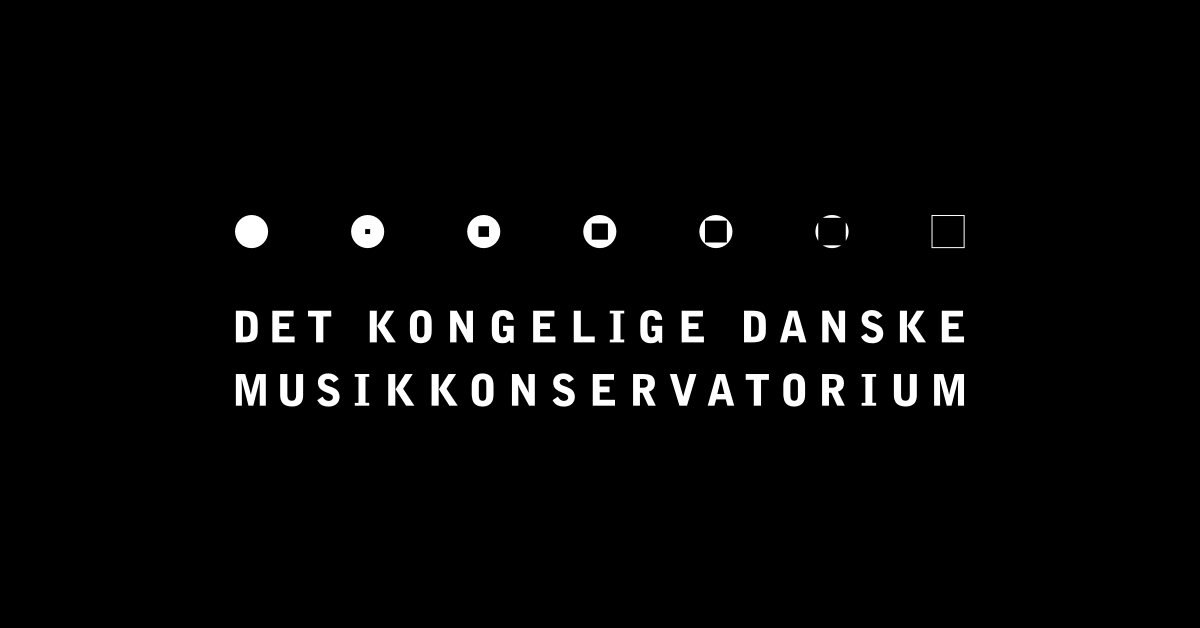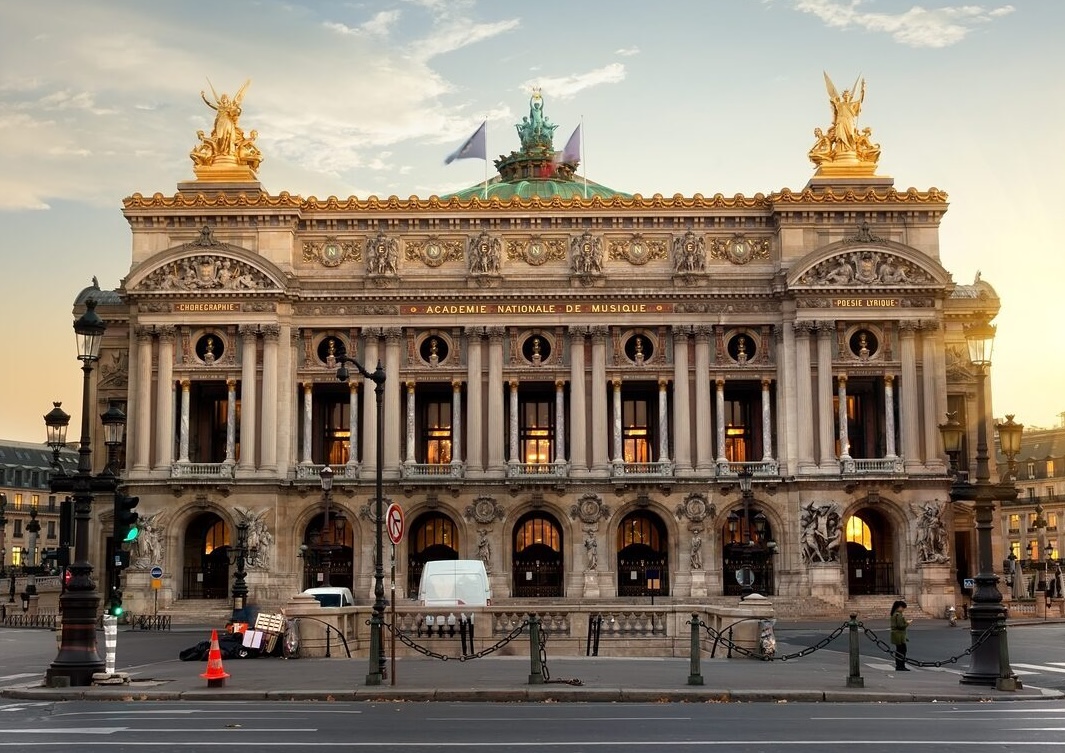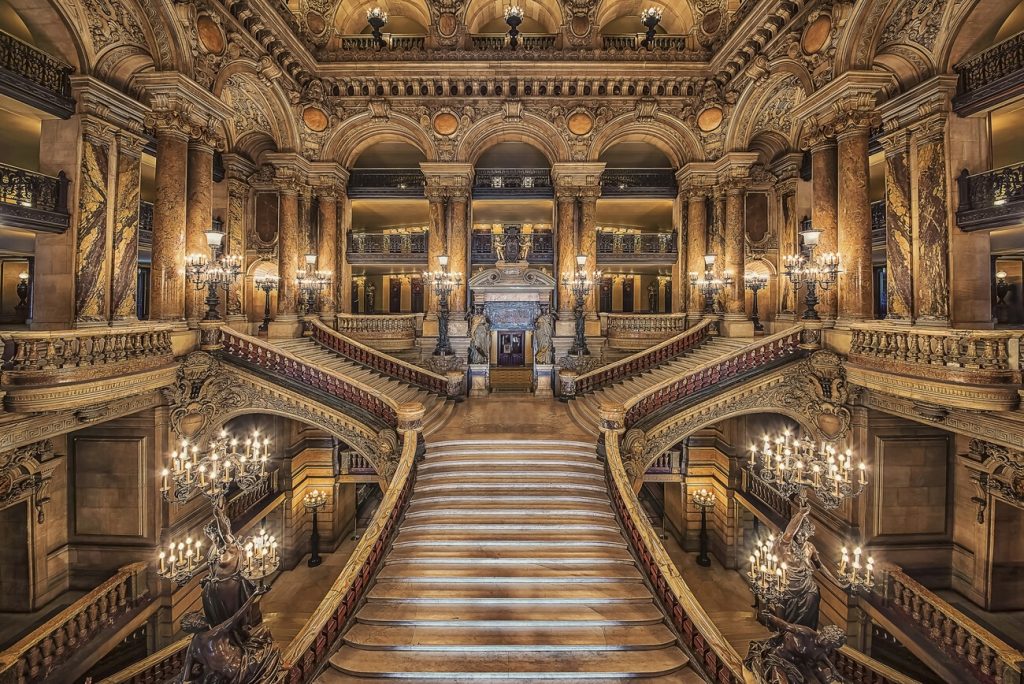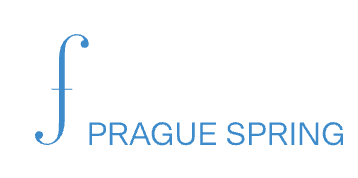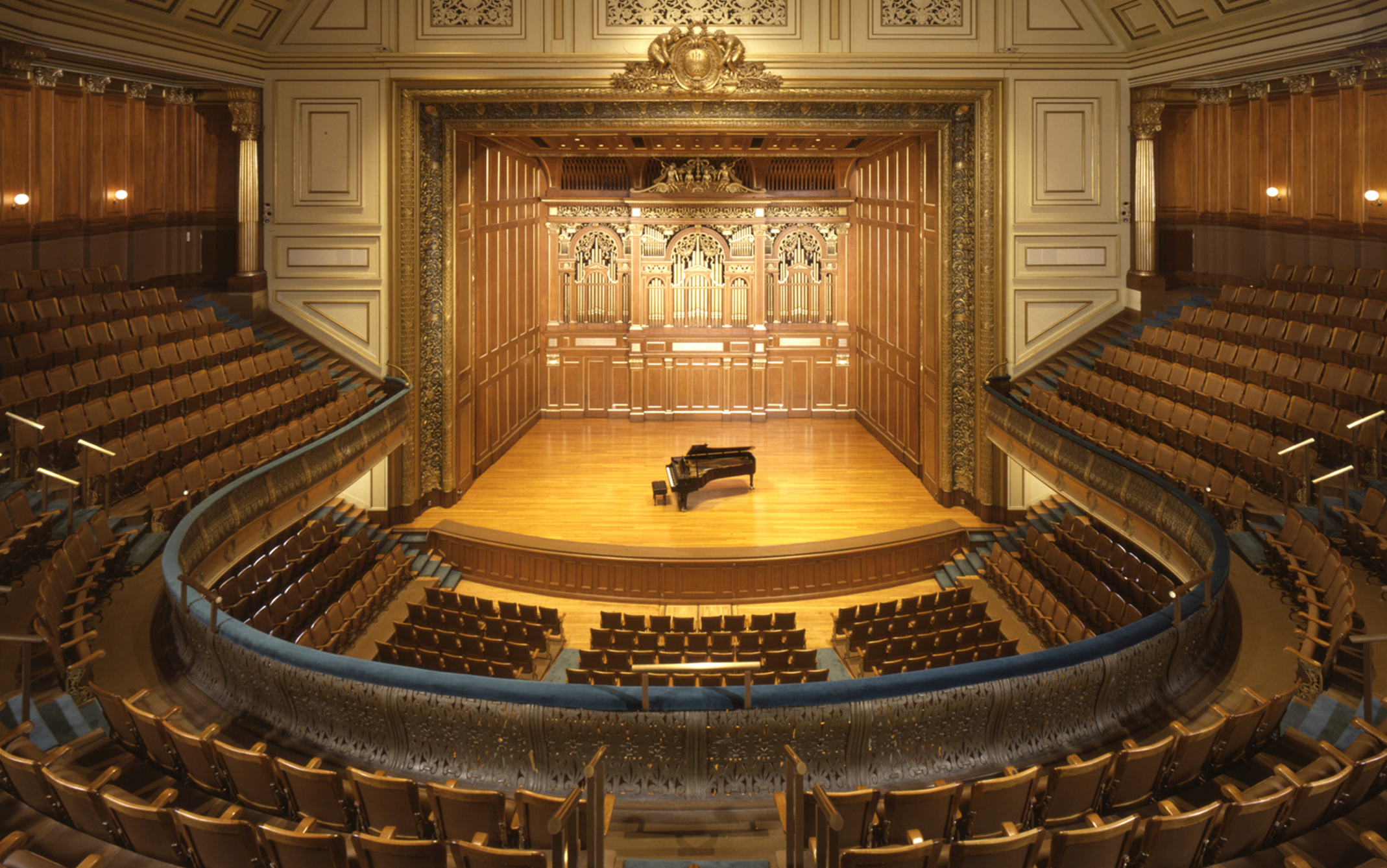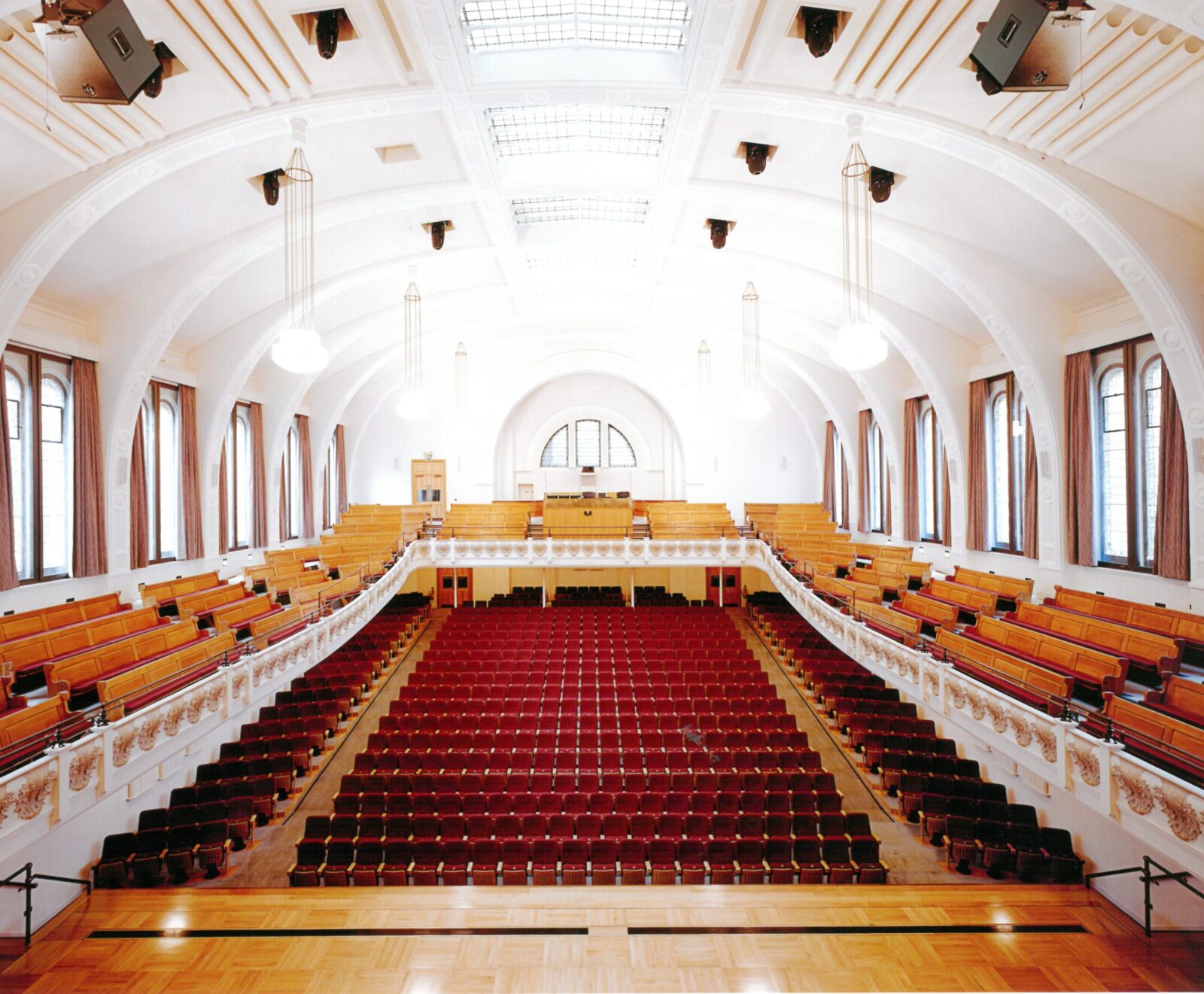Reinventing Repertoire: Why Modern Listeners Are Rediscovering Forgotten Composers
Classical music history is not fixed. It is constantly rewritten. And in the 2020s, one of the most vibrant trends is the rediscovery of forgotten, suppressed, or marginalised composers. Far from academic exercises, these revivals resonate deeply with modern listeners seeking new narratives.
Hidden figures return to the stage
From women composers overlooked by 19th-century institutions to composers erased by political oppression, a vast world of unexplored repertoire is entering concerts and recordings. Audiences increasingly seek authentic diversity, not token programming.
Labels and artists leading the revival
Independent labels play a crucial role in bringing these works to light. Meanwhile, performers champion neglected composers because the music often proves astonishingly high-quality — unjustly ignored rather than inherently minor.
Examples include:
- Black and African-American symphonists (Coleridge-Taylor, Price).
- Women of the Romantic era (Beach, Farrenc, Hélène de Montgeroult).
- Political exiles and modernists whose work was censored (Schulhoff, Ullmann).
- Regional composers whose music never travelled beyond borders.
Why this resonates now
Three factors converge:
- Streaming exposes listeners to repertoire they would never find otherwise.
- Cultural conversations emphasise representation and historical justice.
- Artists crave personal identity in programming — forgotten repertoire offers unique signature.
The canon expands because curiosity expands.
A new balance between tradition and exploration
Rediscovered repertoire does not replace the canon, it enriches it. Beethoven remains central, but alongside him stand voices that make the classical landscape more complete, more human, and more compelling.



